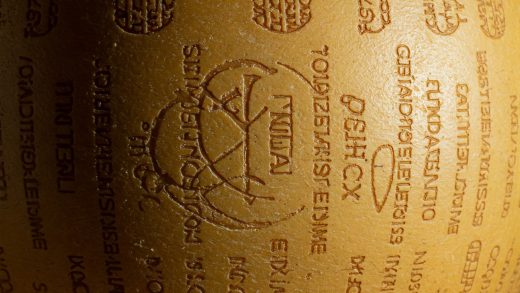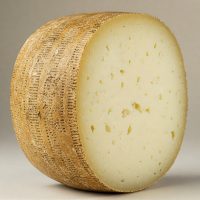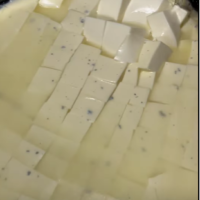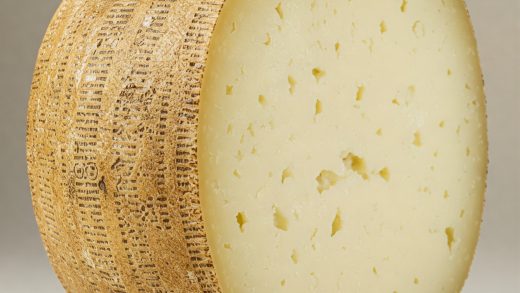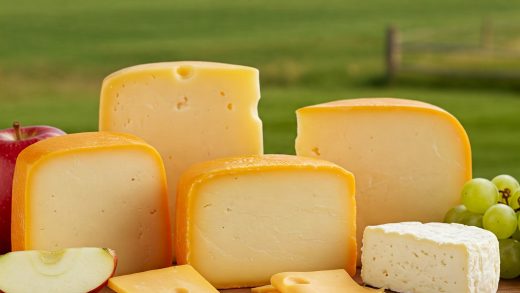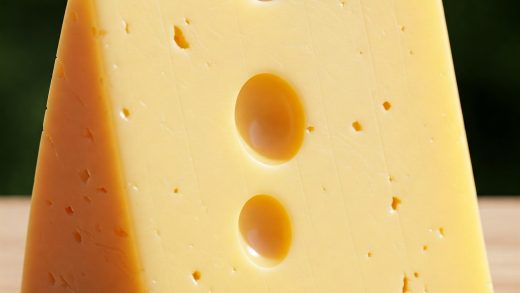Yes, you can eat some Manchego rind. Natural rinds, formed during the aging process, are edible, though they may not be the tastiest part. No, you should not eat waxed or plastic-coated rinds; these are for protection and not meant for consumption. So, check the rind type before you try!
Manchego cheese, a Spanish favorite, is enjoyed worldwide for its rich, nutty flavor. You might wonder about its rind – can you eat it? It depends. Some cheese rinds are edible, others aren’t. Manchego’s is a bit nuanced. It’s not harmful, but generally, you shouldn’t eat it. Think of a kiwi peel – edible, but not enjoyable.
Manchego rind is the cheese’s outer layer, protecting it. There are different types. Natural rinds form during aging and can be eaten. Waxed or plastic-coated rinds are for protection only, and you should not eat them. The rind’s job is to keep the cheese safe.
So, can you eat Manchego rind? It depends! Natural rinds are edible, though they may not be very tasty. Waxed and plastic-coated rinds are not for eating. They’re not harmful if you accidentally eat a bit, but they’re not meant for consumption.
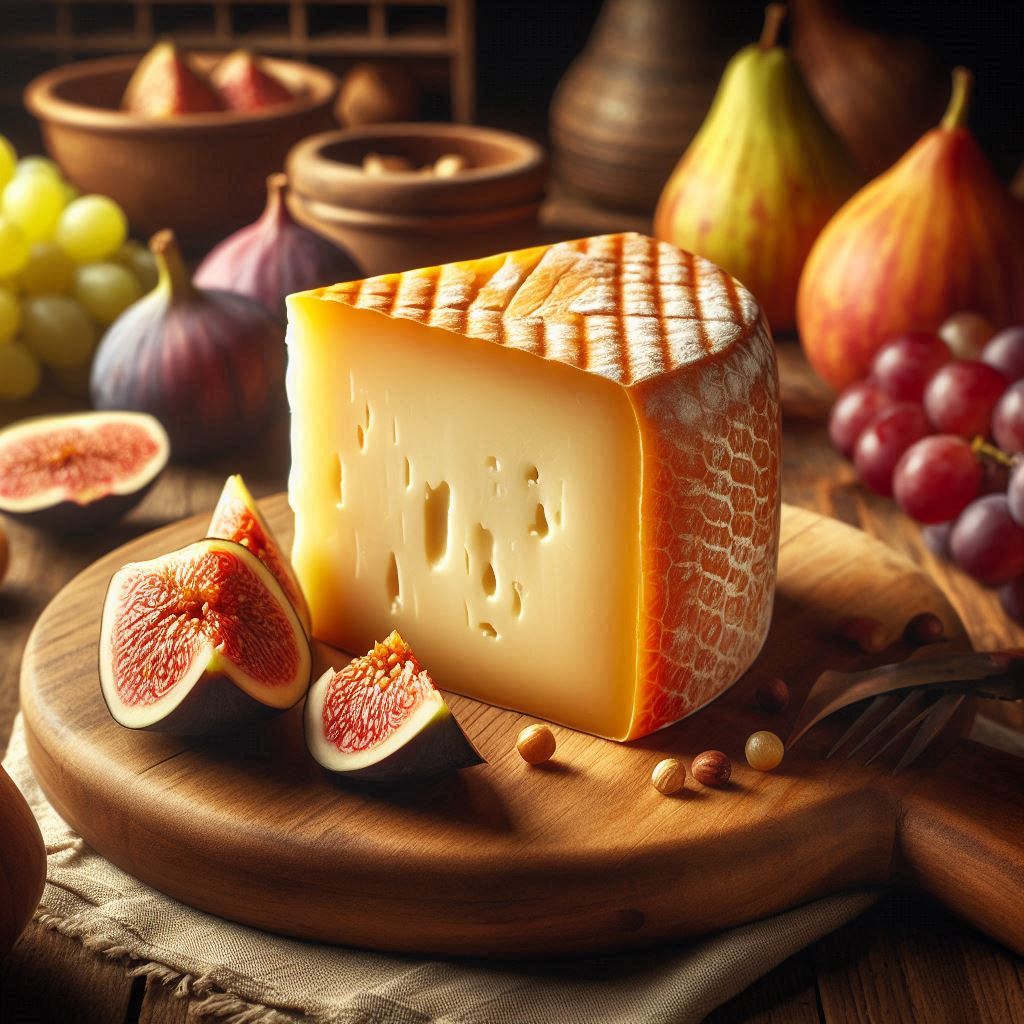
What is Manchego Rind?
Manchego rind is like the cheese’s protective shell – that firm, outer layer you see. It’s what keeps the deliciousness inside safe and sound. Think of it as the cheese’s own built-in armor! But not all Manchego rinds are created equal.
There are a few different kinds. Sometimes, the rind is completely natural. This means it forms all by itself during the long aging process, and it can actually be eaten! It might have a slightly earthy or nutty flavor. Then there are rinds that are coated in wax.
This wax coating helps seal the cheese and keep it fresh, but it’s not edible. It’s like the wax on a candle – you wouldn’t want to eat that!
Finally, some Manchego cheeses have a plastic coating on the rind. This is another way to protect the cheese, but just like the wax, you definitely shouldn’t eat it.
The rind, in general, does a super important job: it acts like a barrier, keeping any unwanted stuff from getting to the cheese inside. So, while some rinds are okay to eat, others are there for protection only.
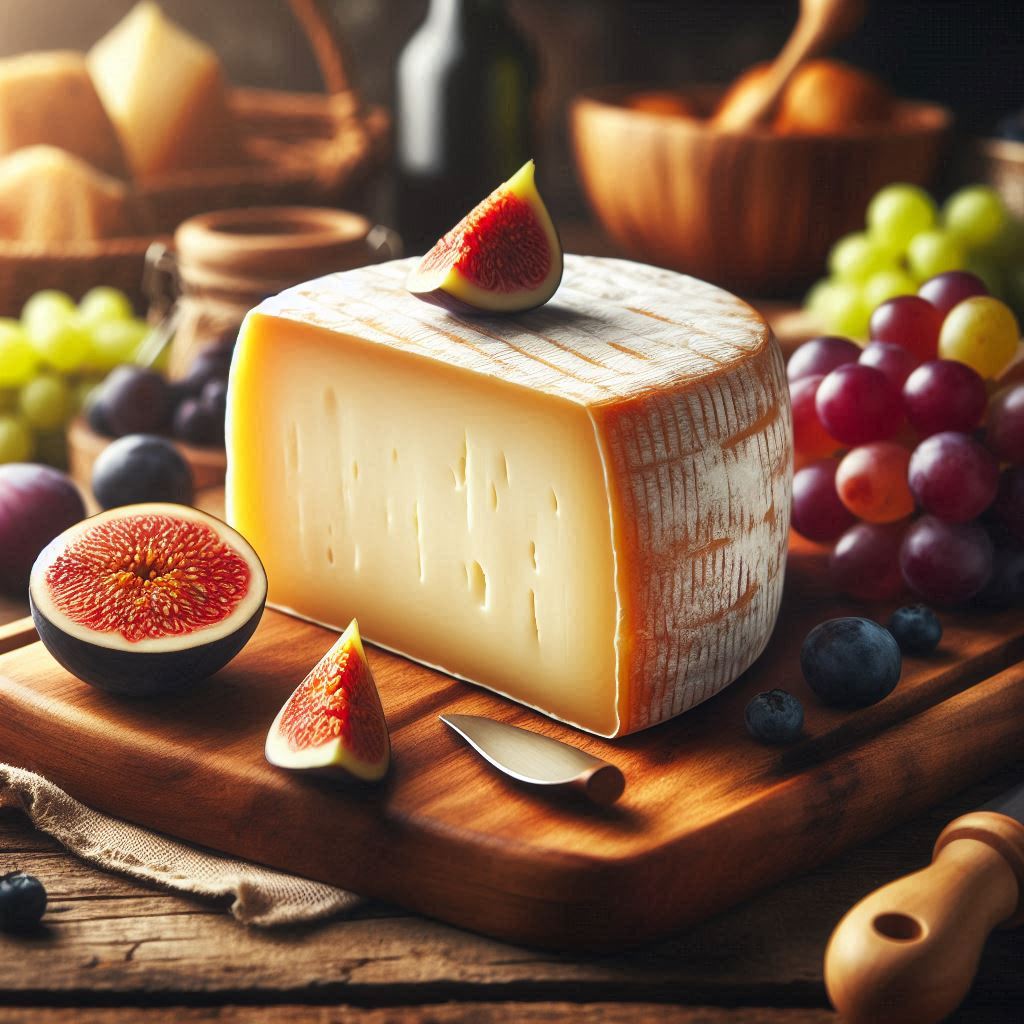
Can You Eat Manchego Rind?
So, the big question: can you eat Manchego rind? The answer is… it depends! Think of it like this: some fruit peels are yummy and some you definitely want to avoid. It’s the same with cheese rinds.
Natural Rind
If the Manchego has a natural rind, formed just by aging, you can eat it. It’s not going to be the tastiest part of the cheese, but it’s safe. It might have a slightly earthy or nutty flavor.
Waxed or Plastic-Coated Rind
Now, if the rind is coated in wax or plastic, you should not eat it. These coatings are there to protect the cheese, not to be eaten. They’re not exactly yummy, and your body might have a little trouble digesting them.
It’s important to know that eating a little bit of wax or plastic-coated rind won’t make you sick. It’s not poisonous or anything like that. But it’s also not going to taste good, and it’s not really meant for eating.
So, while it’s not going to hurt you, it’s definitely not recommended. It’s best to stick to the delicious cheese inside and leave the rind behind!
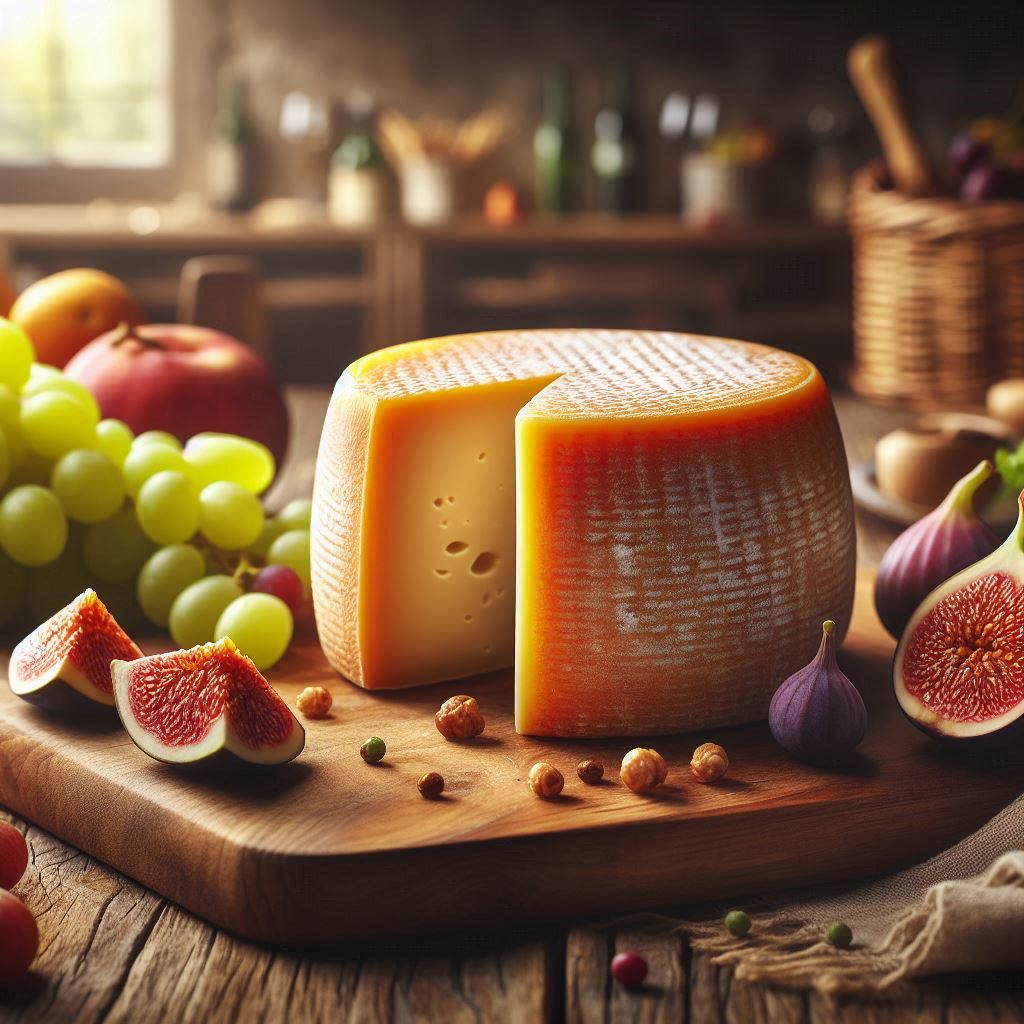
How to Tell if Manchego Rind is Edible?
You’re standing in front of the cheese case, eyeing a delicious-looking Manchego. But how can you tell if that rind is something you should try or leave behind? Here’s the lowdown on figuring out Manchego rind edibility:
Look for the clues
A natural rind usually has a more rustic, less perfect appearance. It might have some texture, and the color can vary a bit. Waxed or plastic-coated rinds, on the other hand, often look smoother and more uniform. They might even have a shiny appearance from the coating.
Check the label
Sometimes, the cheese label will actually tell you if the rind is edible. It’s always a good idea to take a peek!
Don’t be afraid to ask
If you’re still unsure, the best thing to do is ask your cheesemonger – that’s the person behind the cheese counter.
They’re cheese experts and can tell you everything you need to know about the specific Manchego you’re interested in. They can point out the different types of rinds and give you their recommendations.
With a little observation and maybe a question or two, you’ll be a Manchego rind pro in no time!

What to Do with Manchego Rind?
So, you’ve got your Manchego, and you’ve figured out what kind of rind it has. Now what? Here’s the rundown on what to do with that rind:
Natural Rind
If your Manchego has a natural rind, you have a few options! You can eat it, though it might not be the most flavorful part of the cheese. Some people enjoy the slightly earthy or nutty notes it can add. If you’re not into eating it as-is, you can actually use it to add flavor to stocks or soups!
Just toss it in while your stock is simmering, and it will give a subtle cheesy depth to the liquid. Remember to remove it before serving!
Waxed or Plastic-Coated Rind
If your Manchego has a waxed or plastic-coated rind, the best thing to do is simply discard it. These coatings aren’t meant for eating and probably won’t taste very good. Think of it like the peel of a banana – you wouldn’t eat that, right?
It’s just there to protect the good stuff inside. So, after you’ve enjoyed the delicious cheese, just toss the rind in the trash. Easy peasy!
FAQs
Can you eat Manchego when pregnant?
Generally, yes, you can eat Manchego when pregnant, if it’s made with pasteurized milk. Hard cheeses like Manchego are typically safe because they’re aged, reducing the risk of harmful bacteria.
However, always double-check the label to confirm it’s pasteurized and consult your doctor for personalized advice.
What is the unhealthiest cheese?
It’s tricky to name the most unhealthy cheese, as “unhealthy” can mean different things. However, cheeses high in saturated fat and sodium, like American cheese and some blue cheeses like Roquefort, are often cited as less healthy due to their potential impact on heart health.
How is Manchego cheese eaten?
You can enjoy Manchego in various ways! It’s delicious on its own, often served with membrillo (quince paste) or nuts. You can also use it in sandwiches, salads, or as a flavorful addition to charcuterie boards. It pairs well with Spanish wines like Sherry or Rioja.
Conclusion
So, there you have it! Manchego rind can be a bit of a mystery. Whether or not you can eat it really depends on what kind of rind it is.
Natural rinds are generally safe to eat, though they might not be the most delicious part of the cheese. Waxed and plastic-coated rinds, on the other hand, should be avoided. The best way to be absolutely sure? Don’t hesitate to ask your cheesemonger!

